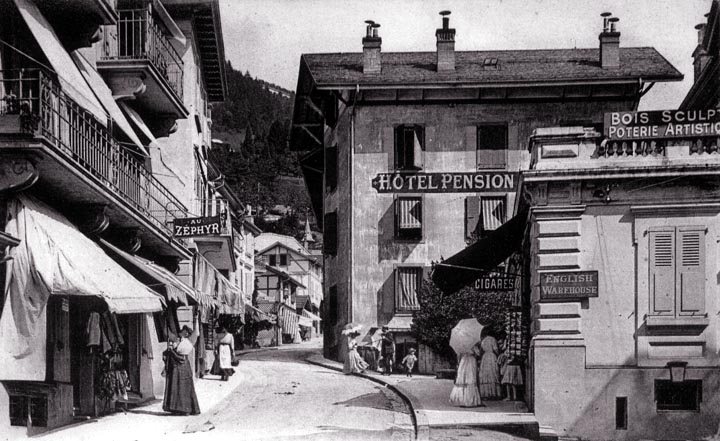Curved StreetsCurved streets, by their very nature, create closed views, as long as the street is not too wide and the degree of curvature is sufficient. Curved streets also expose the façades of some buildings more than others, so it is natural to place the better buildings in the more exposed locations. The question often arises whether or not people can deal with the complexity that can arise with curved streets. It is important to realize that the topology of a street system can remain grid-based even if all the streets are made up entirely of curves (although these curves would have to be sinuous, not continuously in the same direction). But what of the grid? It does seem simpler to navigate, especially for car drivers, but there are other organizing principles that are logical and easy to understand. I have proposed the use of a radial arrangement, with transport halts and more important buildings located near the center of the district, where they are most rapidly available to the greatest number of users. While the radial arrangement does not serve vehicular traffic well, it does serve the needs of pedestrians and is readily amenable to curved streets - the tangential streets are by nature curved, and the radial streets can easily be given enough curvature to make them interesting and to deliver the closed views that I believe we should be seeking in our city designs. More is available on the matter of district design.
|
 Next City Design Home
E-mail |